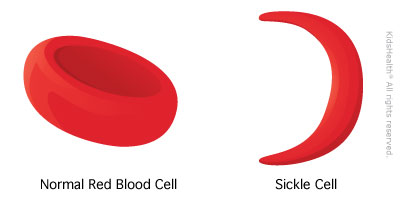Sickle Cell Disease Treatment Approved For English NHS

Sickle cell anaemia is a genetic blood disorder characterised by the production of an abnormal haemoglobin, known as haemoglobin S. Sickle cell disease changes the shape of blood cells into a crescent (or the shape of a sickle), hindering blood flow.
This condition leads to the distortion of red blood cells into a sickle or crescent shape, which can cause various health complications. This blood disorder affects individuals of African descent, but it is also found in people from other ethnic backgrounds.
Apart from afflicting individuals of African descent, the disorder also affects people of Mediterranean – countries around the Mediterranean Sea, such as Greece, Italy, and Turkey. People of Middle Eastern descent, including parts of Saudi Arabia, and other Gulf countries, are also at risk.
Sickle Cell anaemia also afflicts people from the Caribbean, particularly those with African ancestry.
Sickle cell anaemia is caused by a mutation in the HBB gene, which provides instructions for making the beta-globin subunit of haemoglobin. The disorder follows an autosomal recessive inheritance pattern, meaning that a child must inherit two copies of the mutated gene (one from each parent) to develop the disease. If a person inherits only one mutated gene, they are considered a carrier (sickle cell trait) but typically do not exhibit symptoms.
Symptoms of sickle cell anemia can vary in severity and may include:
Anaemia: Due to the rapid destruction of sickle-shaped red blood cells, individuals often experience fatigue, weakness, and pallor.






